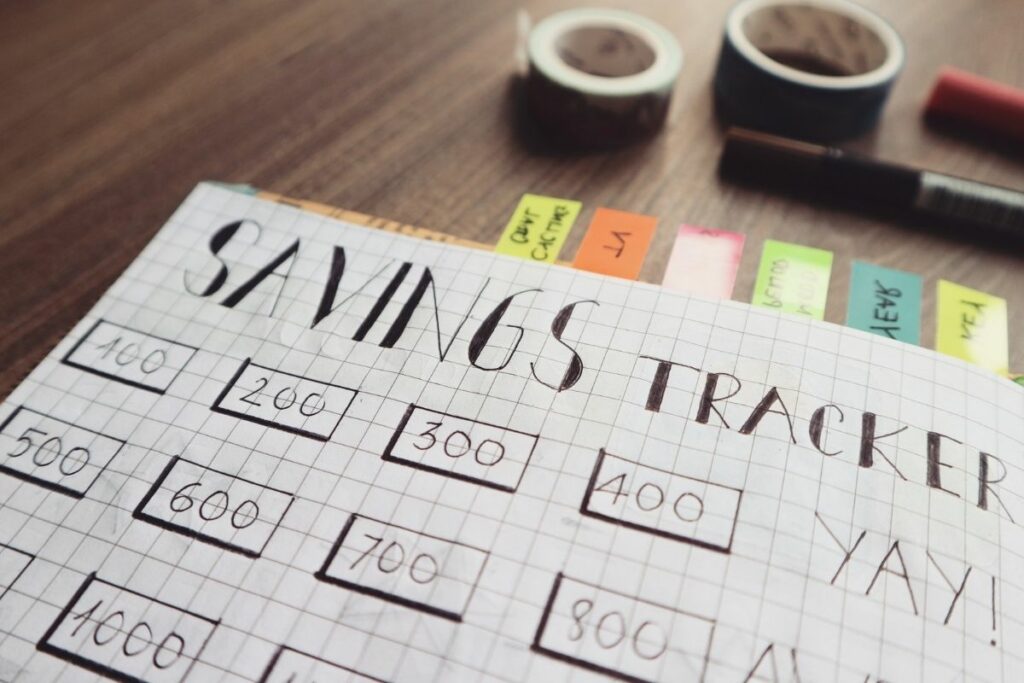Saving money can be difficult. There are so many needs, wants, and priorities you need to juggle and meet before you even start thinking about putting what remains into savings. It is not as simple as putting aside a portion of your income to be saved. Life can be unexpected, with ups and downs and even curveballs that force you to drastically readjust the priorities you have lived by.
Saving money, whether it’s for retirement, investment, or your childrens’ future is- to sound very corny- a way of life. A series of choices followed by habits to be consistently followed.
Steps to Save as a Lifestyle to help you
Track Your Expenses

First thing’s first, as the Bank of America says, figure out how much money you are regularly spending and on what you are spending it on. Put together a list of all your expenses. A spreadsheet will be one of your most important tools.
Compile and categorize everything you spend money on in a month, from gasoline to rent, from groceries to dinner out, car payments, hobbies, subscriptions (whether magazines or streaming) all go onto the spreadsheet listed with their expenditures. Keep your receipts, check all your bank statements, and examine all your credit card transactions to keep your spreadsheet as accurate and comprehensive as possible.
Have a Budget
Once you have an idea what you are spending each month (as well as each year once you reach that point), put together a budget. Budgeting is what makes savings possible. This budget -also made using a spreadsheet- should be a guideline for your spending.
After you have tracked your expenses, cut away what you do not need or where you are spending too much compared to your monthly income. Then settle on budget amounts and expenditure for each category suited to how much you earn each month. This leads us into…
Record Your Spending
![]()
The nice thing about having a spreadsheet listing your budget? It is easy to use that spreadsheet to regularly track your expenditures. Whether it is on your phone, your computer, or some other device, record what you spend, as often, as regularly, and as soon as possible. This way you are less likely to be caught by surprise by an excess of spending.
Have Savings Goals
Have a firm idea on what you are saving your money for. This could be a big vacation, a wedding, retirement, or a house. Determine what your goals are then identify them as either short term or long term goals. This will help you plan on how long you plan to save that money before seeing a return on it.
A short term goal usually means saving money over the course of one to three years. With a short term savings goal you are most likely preparing a downpayment for a car, a really nice vacation, or an emergency fund to last you (and your family) anywhere between three to nine months.
A long term goal most likely means you will have to save for at least four years if not much longer. This is money you save to put towards your child’s education, the downpayment for a house, major remodeling, or even your retirement.
Tools for Saving
Here is a list of tools you should look into that can help you save your money:
- A Savings Account
- A CD- which is a ‘certificate of deposit’ that keeps your money locked away for a specified amount of time with a rate usually higher than that of a normal savings account.
- FDIC- an insured individual retirement account (IRA).
- Securities- can refer to mutual funds, stocks, and other investment products, though these come with greater risks and inconsistencies compared to the other tools listed here.
All these steps and tools together are not a magic tool for saving money. You will need to incorporate them into your daily life. Make them into habits that you do every day. Make saving part of your lifestyle.

